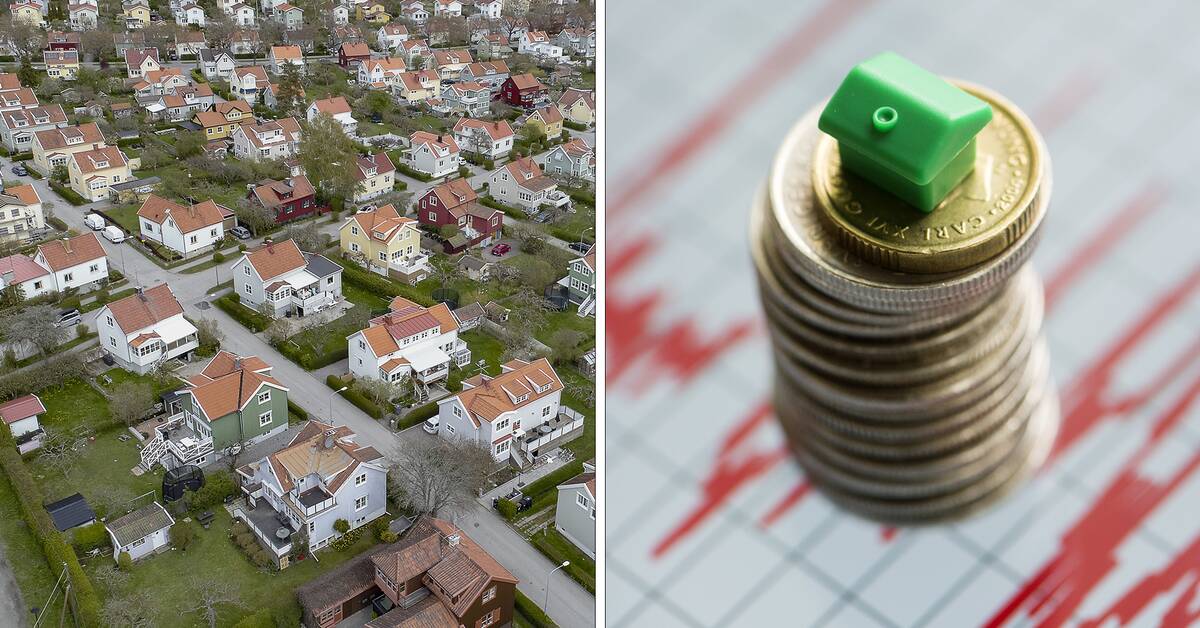- More households are now choosing to tie up their mortgages.
The proportion of new housing loans with variable interest rates has fallen from a peak of 87 percent in August 2016 to 33 percent in March 2022, says Gustav Jonason, economist at Statistics Sweden in a press release.
In November 2021, the lowest level of the variable average interest rate since the statistics began to be produced in 2005 was noted, it was 1.38 percent.
This can be compared with the variable average interest rate for mortgages in February 2022, which was up to 1.41 percent.
If you look at new mortgages with fixed terms, the average interest rate in February was 1.61 percent and then rose to 1.84 percent in March.
Lending is growing
- Swedish households now have loans totaling SEK 4,797 billion, if you add up the loans included in Statistics Sweden's statistics.
This is an increase of 92 percent compared to the total loan amount in 2015, which was SEK 2,500 billion, says Jonason.
Mortgages' annual growth rate was 6.8 per cent in March and they accounted for 82 per cent of lending to households.
Consumer loans, which accounted for 6 per cent of household loans, had a growth rate of 6.8 per cent.
You have probably not missed that the Riksbank raised the repo rate by 0.25 per cent on Wednesday, see more about this in the clip below.
Javascript is disabled
Javascript must be turned on to play video
Read more about browser support
The browser is not supported
SVT does not support playback in your browser.
We therefore recommend that you switch to a different browser.
Read more about browser support
The Riksbank raises the repo rate to 0.25 per cent Photo: Ali Lorestani / TT / Archive Photography

